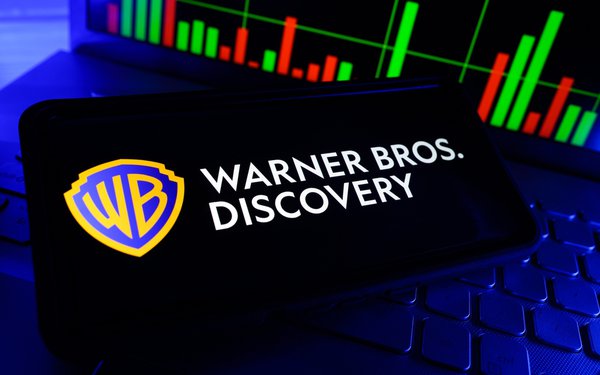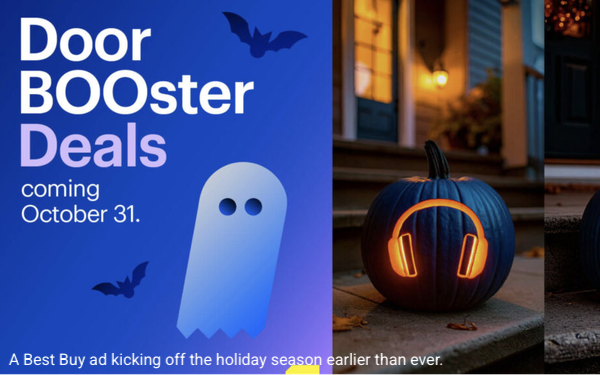The report below is mostly national news: Local-direct still needs station growth! Philip Jay LeNoble, Ph.D.
WBD Q3: U.S. Ad Revenue Sinks 20%, Theatrical Soars 74%
- by Wayne Friedman , Yesterday

Third-quarter advertising for Warner Bros. Discovery for all its platforms took another double-digit percentage hit -- down 16% to $1.4 billion.
“Underlying U.S. linear advertising trends remain largely consistent with prior quarters as demand for sports continues to be healthy and demand for general entertainment is steady,” according to the company.
While the streaming ad business has seen growth, the company says, linear TV ad business continued to suffer. Advertising was up 14% to $235 million, with global linear TV networks sinking by a massive 20% to $1.19 billion.
HBO Max added 2.3 million subscribers in the period -- to a total 128 million in the third quarter. The company estimates the streamer will reach 150 million subscribers by the end of 2026. U.S. domestic subscribers are now at 58 million -- up slightly from 57.8 million in the second quarter.
The best news for the company came with its theatrical revenue and content sales business.
Theatrical revenue was up 74% due to higher box office revenue -- primarily from “Superman,” “The Conjuring: Last Rites” and “Weapons.” Overall content sales (theatrical and program license fees to networks and platforms) grew 26% to $3.1 billion.
Warner Bros. is the first studio to surpass $4 billion in 2025 global box-office revenue -- coming from just 11 films. The last time the studio exceeded $4 billion was in the pre-pandemic era -- from 20 films in 2019.
Nine Warner Bros. films opened in the number one spot at the global box office.
WBD’s stock was down 1% in mid-day Thursday trading to $22.56.
The company continues to examine possible merger deals. Prospective buyers include Paramount Skydance, Comcast Corp. and Netflix, according to reports.













